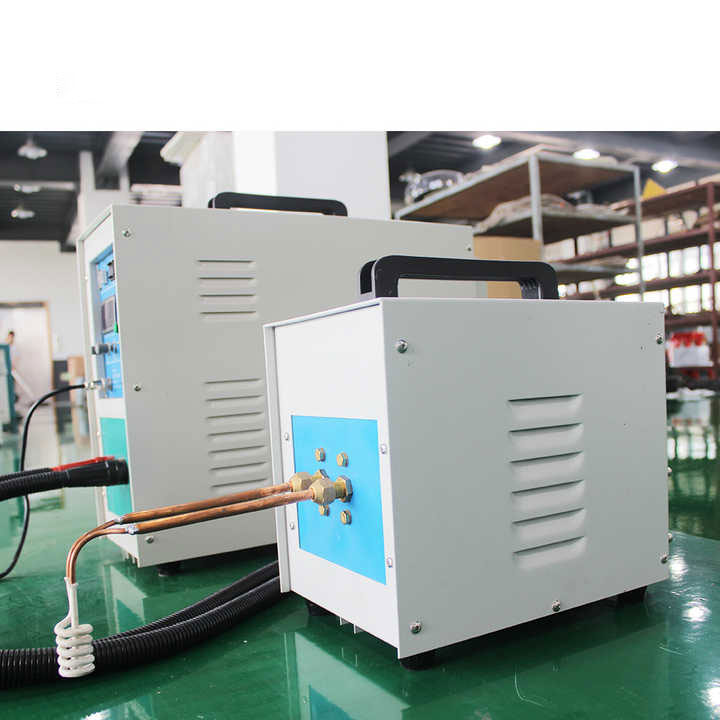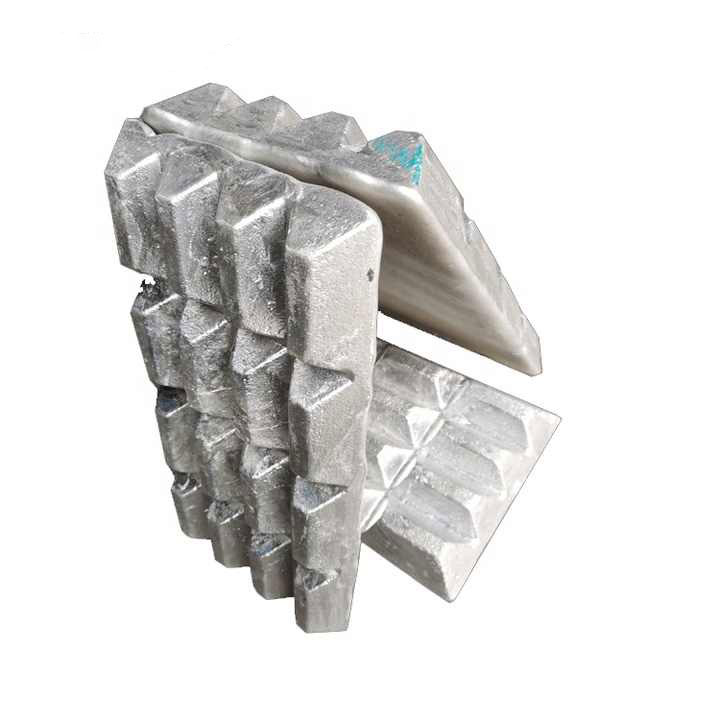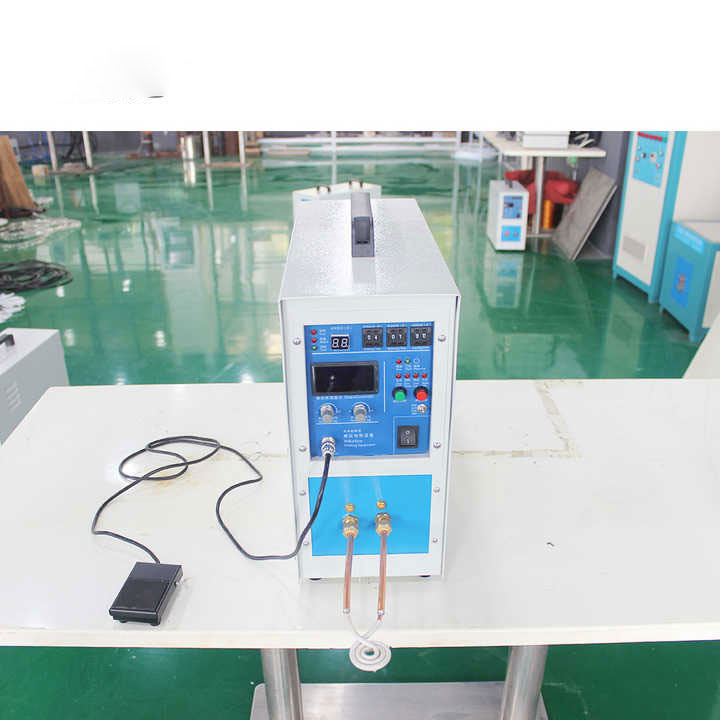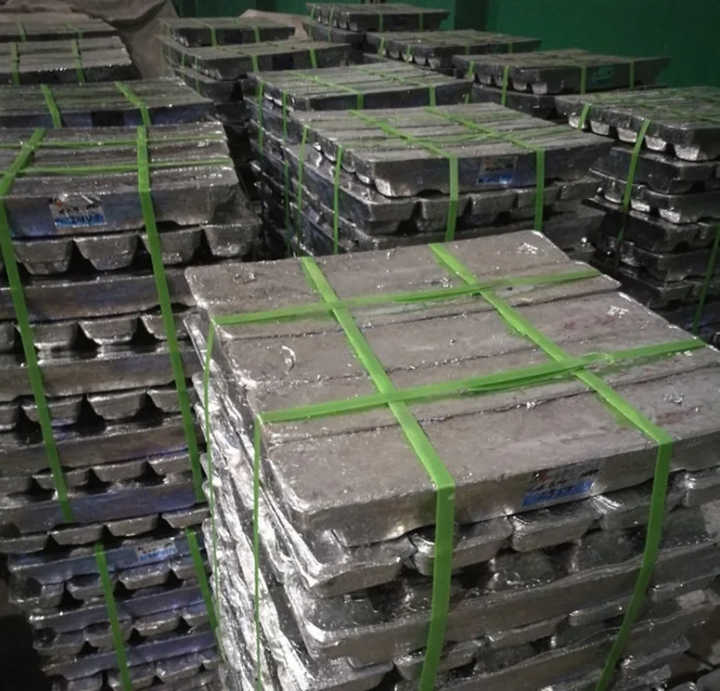silver refining cost


Understanding Silver Refining Cost
Silver refining cost refers to the expenses associated with extracting pure silver from scrap materials, ores, or other silver-bearing sources. The refining process can vary widely in complexity and expense, depending on the method used and the initial purity of the silver. This article will explore the factors that influence silver refining costs, common methods employed, and how to estimate these expenses.
Factors Influencing Silver Refining Cost
Several factors can impact the overall cost of silver refining:
1. Type of Scrap or Material
The nature of the material being refined plays a significant role in determining costs. High-purity silver scrap, such as old jewelry or coins, may require less processing than lower-quality materials, such as industrial waste or silver-plated items. The initial silver content influences the amount of refining needed and, consequently, the cost.
2. Refining Method
Different refining methods come with varying costs:
- Chemical Refining: This method requires chemicals such as nitric acid and other reagents, which can be costly. The process also involves additional steps for precipitation and filtration, leading to higher labor costs.
- Electrolytic Refining: While this method produces high-purity silver, it requires specialized equipment and continuous energy input, making it more expensive than simpler methods.
- Melting and Casting: This straightforward method may be more cost-effective for small-scale operations, as it typically requires less specialized equipment. However, impurities in the scrap can still add costs for flux materials and additional refining.
3. Equipment and Labor Costs
The costs associated with the necessary equipment can vary widely. A small home setup may require minimal investment, while a commercial operation could necessitate significant expenditures on furnaces, electrolytic cells, and other specialized tools. Additionally, labor costs for skilled technicians or operators must be considered.
4. Location and Regulatory Costs
Geographical location can impact costs due to variations in labor rates, material availability, and local regulations. Some areas may have stringent environmental regulations that increase the cost of waste disposal and compliance, adding to overall refining expenses.


Common Silver Refining Methods and Their Costs
To understand the costs better, let’s examine some common methods:
Chemical Refining
- Initial Costs: Moderate, due to the need for chemicals and filtration equipment.
- Ongoing Costs: High, as reagents must be replenished, and waste disposal can be expensive.
Electrolytic Refining
- Initial Costs: High, due to specialized equipment.
- Ongoing Costs: Moderate to high, as continuous electricity and maintenance are required.
Melting and Casting
- Initial Costs: Low to moderate, depending on the equipment chosen.
- Ongoing Costs: Low, mainly for electricity and flux materials.
Estimating Silver Refining Costs
To estimate silver refining costs accurately, consider the following steps:
- Evaluate Material: Assess the type and purity of the scrap silver.
- Choose a Method: Decide on the refining method that best suits your needs.
- Calculate Equipment and Labor: Factor in the costs of necessary equipment and labor.
- Consider Additional Expenses: Include the costs of chemicals, electricity, and waste disposal.
Understanding silver refining cost is crucial for anyone involved in the precious metals market, whether as a hobbyist or a professional. By considering the various factors that influence costs, including the type of material, refining method, and equipment needs, individuals can make informed decisions about the refining process. As the value of silver continues to rise, mastering the financial aspects of silver refining will be essential for maximizing profits and ensuring a sustainable operation.















